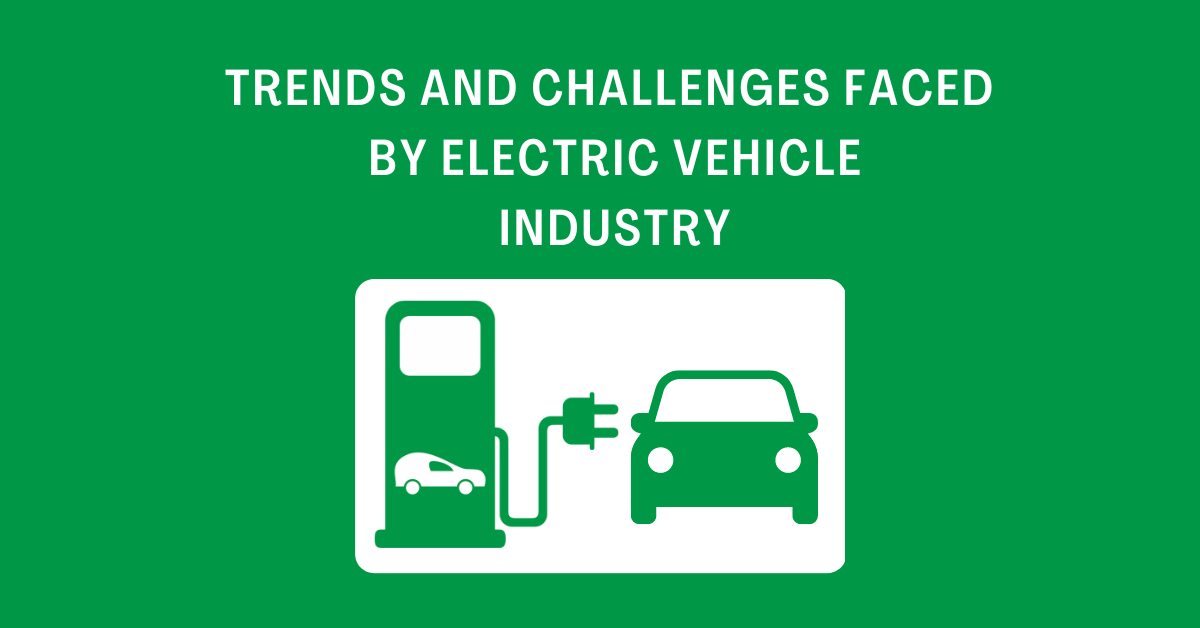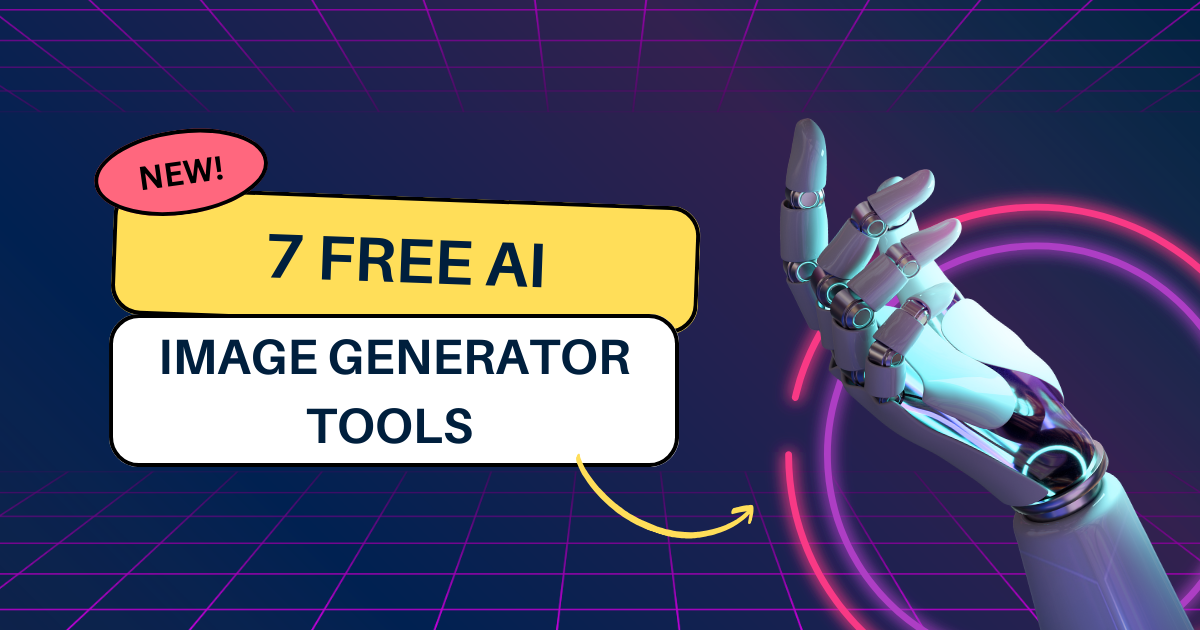Trends and Challenges Faced by Electric Vehicle
January 30, 2023

The electric vehicle (EV) industry has seen rapid growth in recent years, driven by advances in technology, increasing consumer awareness and concern for the environment, and supportive government policies. However, the reality of the EV industry has not always lived up to expectations in certain areas.
In this blog, we will look at the upcoming trends in electric vehicle technology and also learn about the current challenges faced by EV manufacturing industries.
Trends in EVs
Battery technology
Improving battery performance and reducing costs will be a major areas of focus for EV manufacturers. This includes advances in battery chemistry, such as solid-state batteries, and improvements in battery management systems.
Fast Charging
The development of fast charging infrastructure will be critical to the widespread adoption of EVs, and improvements in charging technologies, such as high-power charging, will play a major role in this.
Autonomous Driving
Integrating autonomous driving technology into EVs will be a major area of growth, enabling vehicles to drive themselves and reducing the need for human intervention.
Shared Mobility
The rise of shared mobility services, such as ride-hailing and car-sharing, will drive the growth of EVs as shared mobility providers look to electrify their fleets to reduce operating costs and emissions.
Renewable Energy Integration
As the global energy mix shifts towards renewable energy sources, the integration of EVs with renewable energy systems, such as solar and wind power, will become increasingly important.
Grid Integration
The integration of EVs into the electricity grid will be a major area of growth, enabling EVs to serve as a source of flexible demand for the grid, helping to balance supply and demand.
Challenges faced by EV companies in 2023
Adoption
The widespread adoption of EVs has been slower than expected in some markets due to a combination of factors, such as the limited availability of charging infrastructure, high upfront costs, and a limited range of available models.
Battery Technology
The progress in battery technology has been slower than expected, with improvements in battery performance and cost reduction taking longer than anticipated. This has limited the range and affordability of EVs for consumers.
Charging Infrastructure
The development of charging infrastructure has lagged behind expectations in many markets, limiting the ability of consumers to charge their EVs and reducing the convenience of electric mobility.
Government Support
Government support for EVs has been inconsistent, with some countries providing strong incentives for EV adoption while others have been slow to adopt supportive policies. All these things have impacted the growth of the electric vehicles.
End Note
Despite these challenges, the EV industry continues to grow, and expectations for the future of EVs remain high. Advances in technology increased investment in charging infrastructure, and the continued growth of the renewable energy industry are likely to drive the continued growth of the EV industry in the coming years.











